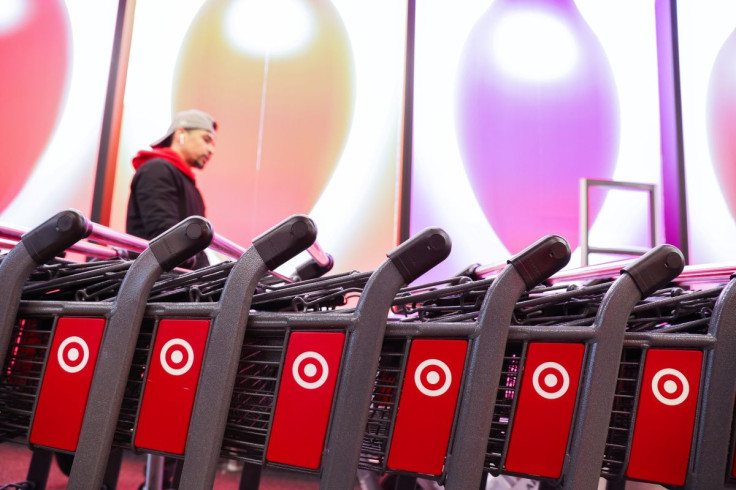Target And Walmart's Real Problem

In recent months, Americans are returning to work in droves. Unemployment is near record lows. Paychecks are rising. Americans live a job market dream.
American retailers that cater to middle and low-income Americans, like Target and Walmart, thrived during the pandemic and should be seeing their sales boom these days. But they aren't. Instead, they say they have a hard time moving merchandise off the shelves, even at discounted prices, surprising Wall Street, which has been selling the shares of the two retailers.
What's the problem? The quick answer is that the two retailers ordered too much merchandise, perhaps, worried about supply chain bottlenecks due to the reopening of the economy.
But there's another theory: middle and low-income American consumers are worse off today than they were during the pandemic for a couple of reasons.
First, income earned from work isn't sufficient to replace income received during the pandemic from stimulus checks. Personal income has been growing slower these days than it grew while the stimulus checks were in effect, according the U.S. Bureau of Economic Analysis.
Second, the soaring food, energy, and rent inflation is crushing family budgets. It's forcing consumers to change spending patterns, steering away from discretionary items like those Walmart and Target have a hard time moving off shelves.
"Target's warning so close after its May 18th earning release was a surprise and a sign of just how quickly the consumer is changing their spending habits," said Jay Woods, Chief Market Strategist at DriveWealth. "Clearly, the biggest shift is due to the huge rise in gas and food prices. Gas prices just hit a new record of $4.92 on average [on Tuesday] at the U.S. pumps. There's no bigger tax on the consumer than gas other than food."
Woods sees the problem of rising food prices persisting, putting further pressure on consumer spending habits and the retail sector.
The dire situation American consumers are in is captured by Gallup's Economic Confidence Index, which measures Americans' current and future economic situation. It dipped to -45 in May, down from -39 in the previous two months. That's the lowest reading since the Great Recession in early 2009. The index ranges between +100 (if all respondents say the economy is excellent or good and is getting better) and -100 (if all say it is poor and getting worse).
Gallup's findings are consistent with the results of other surveys, which confirm a similar trend. For instance, the Consumer Confidence Survey, published by the Conference Board, decreased to 106.4 in May from 108.6 in April, with the Expectations Index dropping from 79.0 in April to 77.5 in May.
Then the University of Michigan consumer sentiment survey came in at 58.4 in May, the lowest reading since August 2011.
Will things get better or worse from here? It depends on whether food and energy inflation that began with supply chain bottlenecks and accommodative monetary policy and was made worse by the Russian-Ukraine war will ease or worse without the U.S. economy sliding into a recession.





















